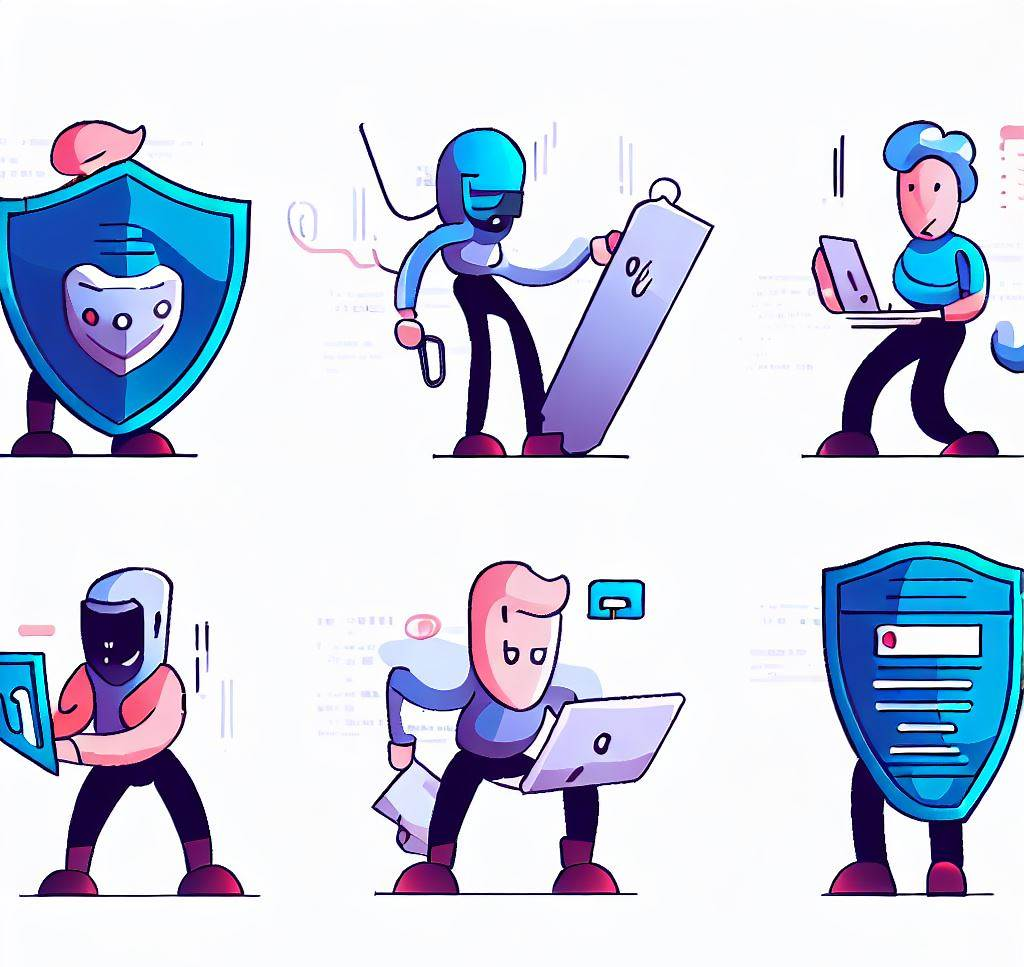Welcome to the exciting world of cyber security! In today’s digital age, where technology touches every aspect of our lives, it’s for everyone to have a basic understanding of cyber. Whether you’re a geek, a cyber security student, or just a normal user, this blog post will provide you with the fundamentals of cyber security, empowering you to protect yourself and others from online threats. So, let’s dive in and explore the essential aspects of cyber security together!
Understanding the Threat Landscape

Threats Everywhere: A Quick Overview
Cyberspace is filled with various threats, and it’s important to be aware of them. From malware and phishing attacks to data breaches and identity theft, cyber threats can have severe consequences. Hackers, malicious software developers, and other cybercriminals are constantly on the lookout for vulnerabilities to exploit. By understanding the diverse range of threats, you can better protect yourself and mitigate the risks.
Different Types of Cyber Attacks
In the vast realm of cyber security, there is a multitude of attack vectors employed by cybercriminals. Some common types include:
Phishing Attacks: Fraudulent emails or websites that trick users into revealing sensitive information like passwords or credit card details.
Malware: Malicious software, such as viruses, worms, or ransomware, can infiltrate your devices and cause harm.
Denial of Service (DoS) Attacks: Overloading targeted systems with excessive traffic, making them unavailable for legitimate users.
Social Engineering: Manipulating individuals through psychological tricks to gain unauthorized access or extract sensitive information.
Learn more about Social Engineering : Social Engineering: The Art of Manipulation
Basic Cyber Security Practices and Protection

Using Strong and Unique Passwords
Passwords act as the first line of defense against unauthorized access to your accounts. Ensure your passwords are strong, unique, and not easily guessable. A strong password typically contains a combination of upper and lower-case letters, numbers, and special characters. Additionally, it’s essential to avoid using the same password for multiple accounts to prevent a domino effect if one account is compromised.
Keeping Software and Devices Up to Date
Software and device manufacturers regularly release updates and patches to fix vulnerabilities or security flaws. By keeping your operating systems, applications, and antivirus software up to date, you can stay protected against the latest threats.
Learn How your Hard Disk can get Hacked
Being Cautious with Email and Attachments
Phishing attacks often occur via email, and cybercriminals can be quite convincing. Be wary of suspicious emails, especially those requesting personal information or urging you to click on unfamiliar links or download attachments. Check the sender’s email address, and if in doubt, contact the organization or person through official channels to verify the email’s legitimacy.
Familiarizing Yourself with Privacy Settings
Social media platforms, online services, and applications often provide privacy settings that allow you to control the visibility of your personal information. Take the time to explore and understand these settings, ensuring that you share only what you are comfortable with and that you restrict access to your personal data.
Backing Up Your Data Regularly
Imagine losing all your important files, cherished memories, or precious work due to a cyber attack. Regularly backing up your data to an external hard drive or cloud storage service acts as a safety net, enabling you to restore your data even if your devices are compromised.
Building Cyber Security Awareness

Staying Informed about Current Threats
Cyber threats are continually evolving, so it’s crucial to stay informed about the latest trends and attack techniques. Follow trusted sources, such as security blogs or official announcements from reputable organizations, to enhance your understanding of emerging risks.
Educating Yourself and Others
With a topic as vast as cyber security, continuous learning is key. Immerse yourself in online courses, tutorials, and forums to gain deeper insights into this fascinating field. By understanding the basics, you can also educate your friends, family, or colleagues about cybersecurity best practices, creating a safer online environment for everyone.
Conclusion and Next Steps
Congratulations! You’ve now grasped the fundamentals of cyber security. But remember, cyber security is not a one-time task but a continuous journey. By adhering to basic practices like strong passwords, regular software updates, and cautious online behavior, you can significantly reduce the likelihood of falling prey to cyber threats.
Now, it’s time to take the next step. If you’re passionate about cyber security, consider pursuing further education, certifications, or even a career in this rapidly growing field. There are plenty of resources available, such as online courses, reputable training institutions, and specialized certifications, to help you delve deeper into the world of cyber security.
By equipping yourself with knowledge and implementing the best cyber security practices, you will not only protect yourself but also contribute to a more secure digital landscape for everyone. So, let’s join hands and make the cyber world a safer place, one step at a time!
Remember, your cyber security matters !!





